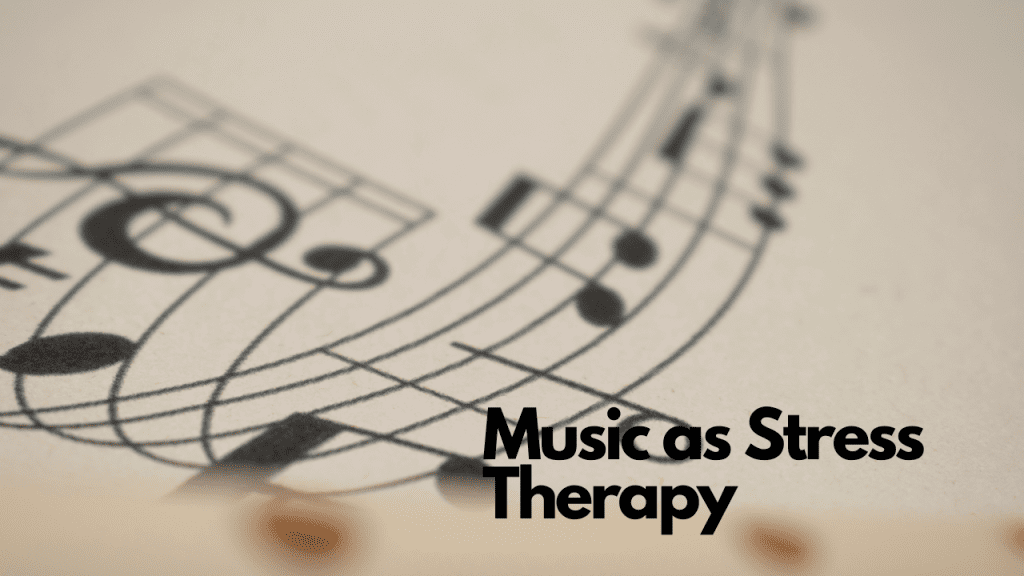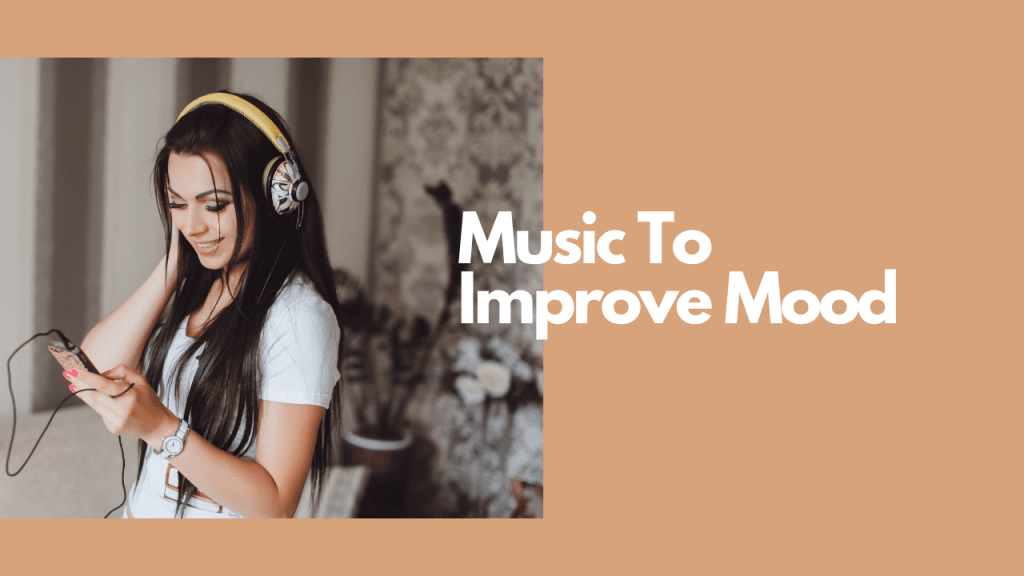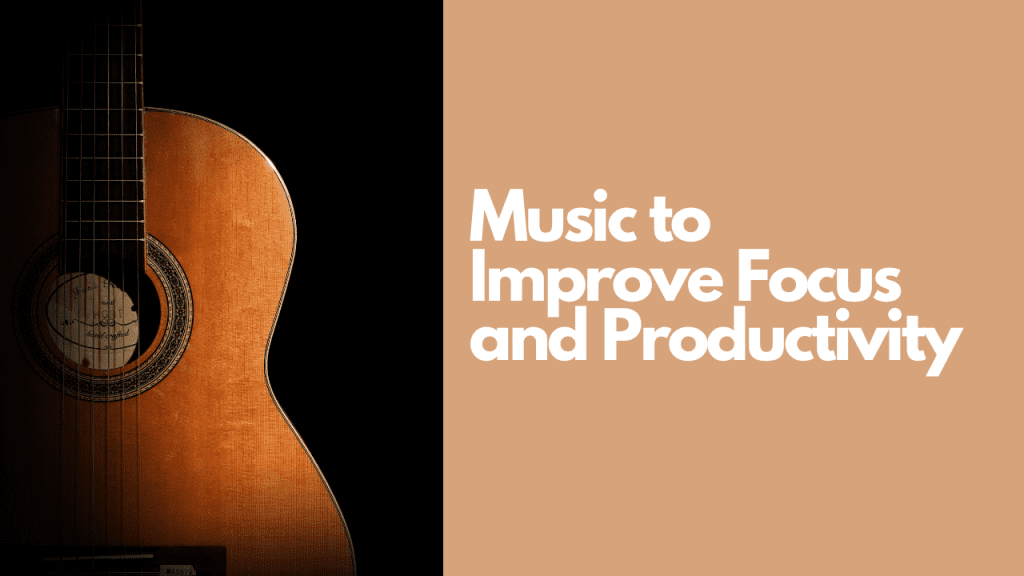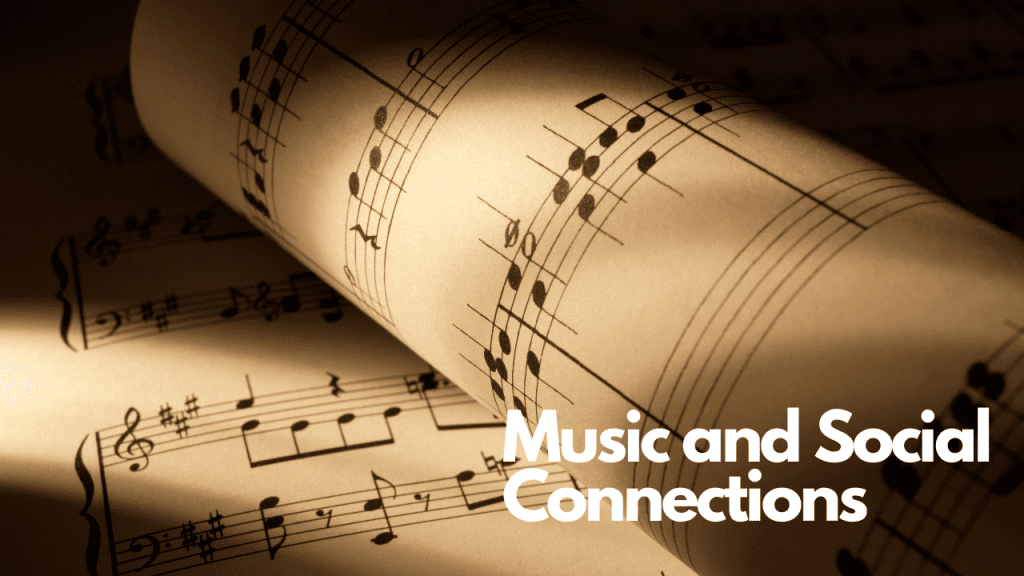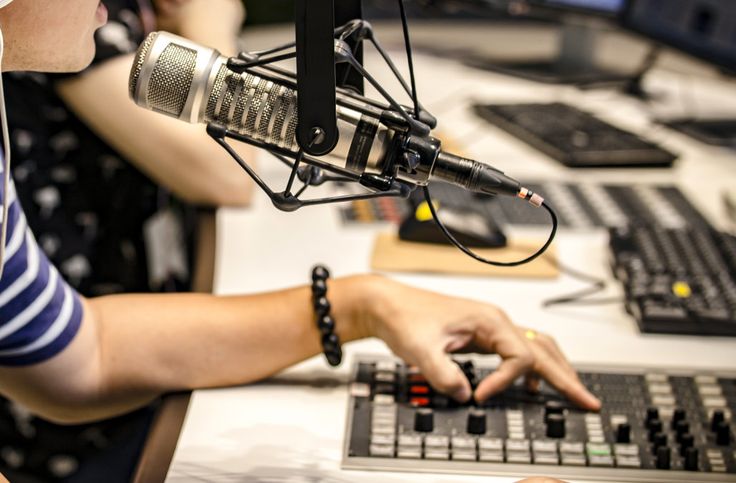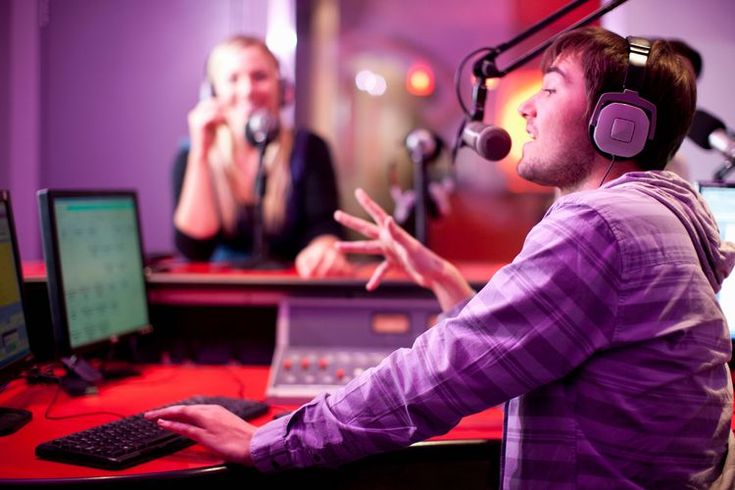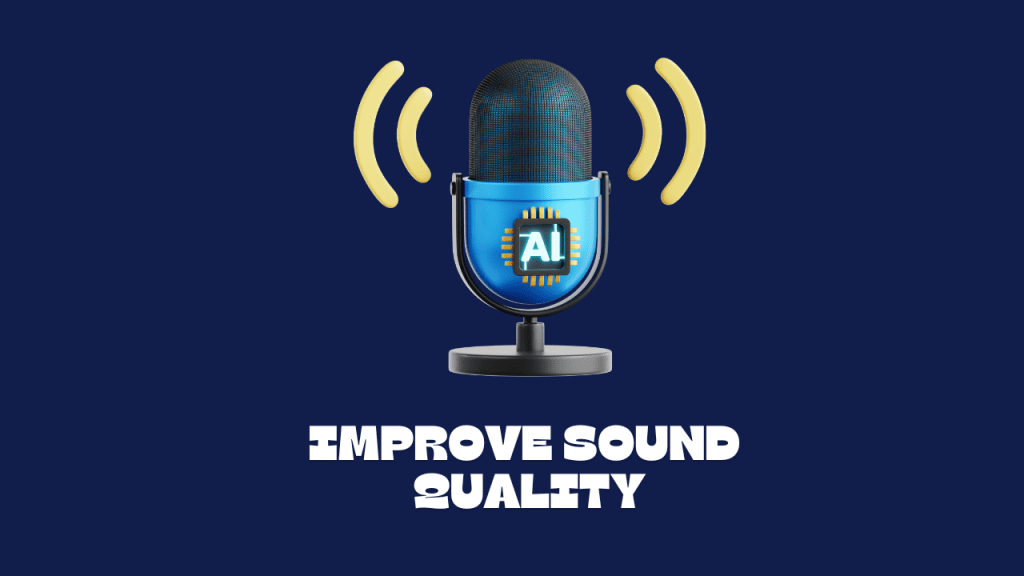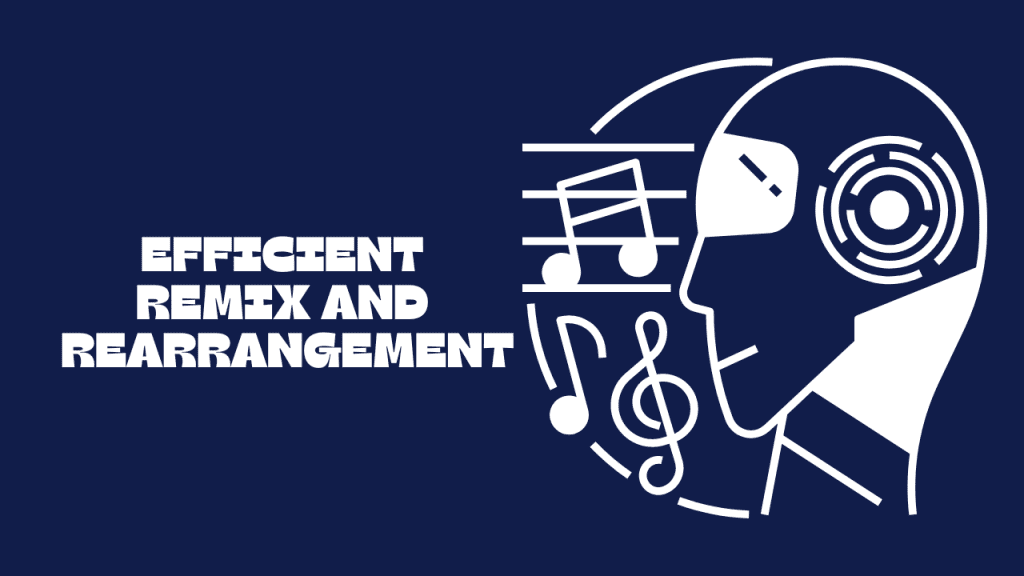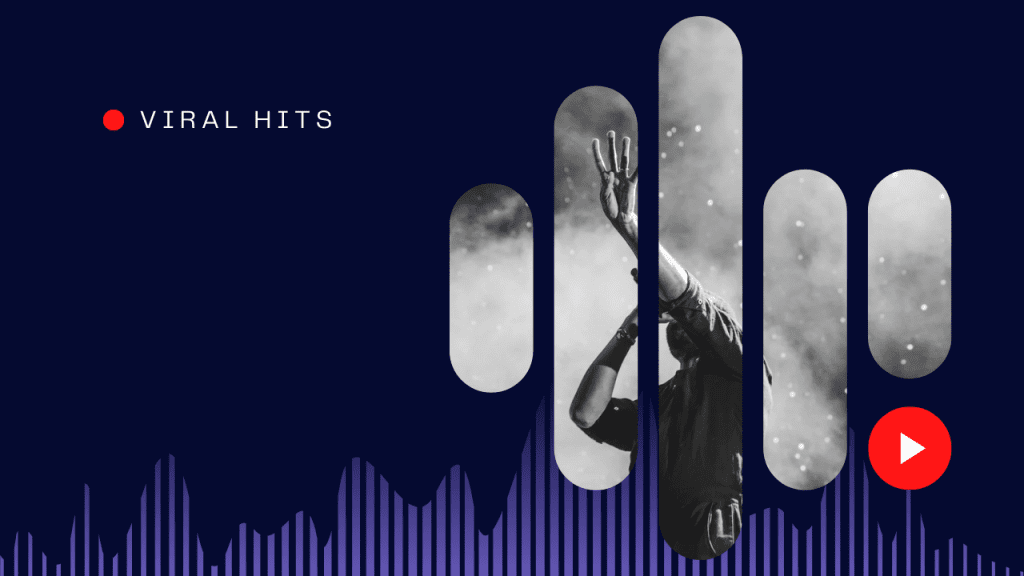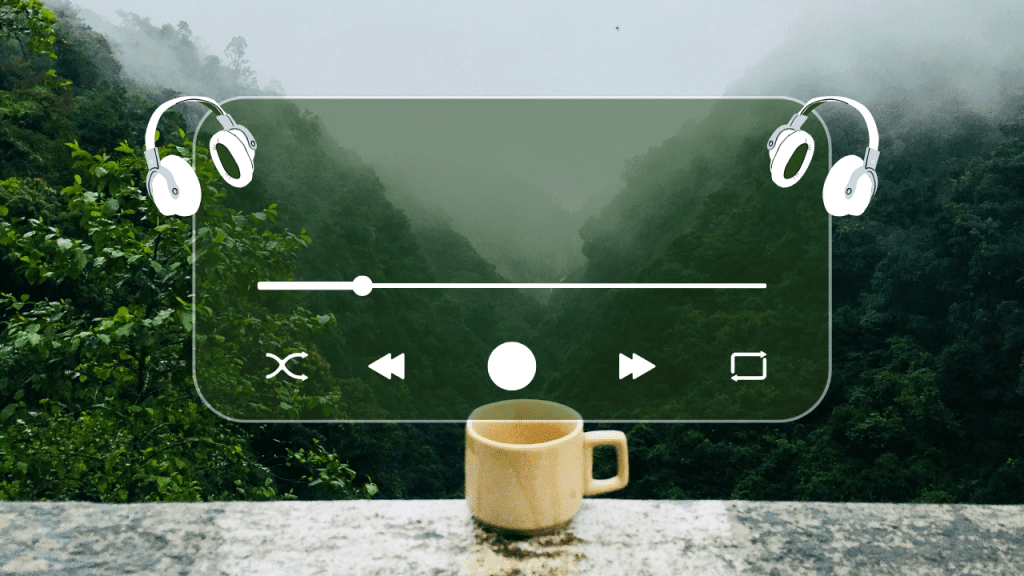Starting a career in radio broadcasting can be an exciting and challenging endeavour. Radio is one medium that remains relevant in this digital age, offering a variety of opportunities for individuals who want to enter the world of broadcasting. Here are tips that can help you start a career in the radio industry.
1. Understand the Radio Industry
Before you enter the world of radio, it is important to understand the ins and outs of the industry. Learn about the history of radio, technological developments, and current trends in broadcasting. Knowing this will give you a better perspective and help you determine the specific field you want to pursue.

2. Education and Training
While not all positions in radio require a formal degree, having an education in communications, journalism, or broadcasting can give you a competitive advantage. Many universities and educational institutions offer programs that focus on radio broadcasting. Additionally, attending relevant training and workshops can also improve your skills.
3. Gain Practical Experience
Practical experience is invaluable in the radio industry. Try to find an internship at a local radio station or campus. An internship will give you first-hand insight into the day-to-day operations of a radio station and let you build a professional network. During your internship, you will learn about various parts of broadcasting, from production to program presentation.
4. Develop Communication Skills
Communication skills are key to success in radio broadcasting. You need to speak clearly, confidently, and be interesting to your audience. Practice public speaking, either through personal practice or by joining a group or organization that focuses on developing speaking skills. Good writing skills are also important for preparing scripts and broadcast materials.

5. Build a Portfolio
A solid portfolio is an important tool for showing your abilities to potential employers. Collect recordings of broadcasts or projects you have worked on. A good portfolio should include examples that show your diverse skills, such as program presentation, interviewing, and production. The more diverse your portfolio, the better your chances of catching the attention of a radio station manager.
6. Sharpen Your Technical Skills
The modern radio broadcaster must understand broadcast technology. Learn how to run broadcast equipment, audio editing software, and content management systems. These technical skills will make you more valuable to radio stations always looking for talent who can combine communication skills with technical knowledge.

7. Network Professionally
Networking is essential in any industry, including radio. Go to industry events, seminars, and conferences to meet other professionals in the field. Join a broadcasting association or media group to expand your network. These professional contacts can provide you with job opportunities, advice, and support as you begin your career.
8. Provide Creative Content
Creativity is one of your greatest assets as a radio host. Try to always offer fresh and interesting content to your listeners. This could be a unique show format, interactive segments, or exclusive interviews. Listeners will be more engaged and loyal if you can provide content that stands out from the crowd.
9. Keep Up with Trends and Technology
The radio industry is constantly evolving with new technologies and changing consumer trends. Stay up to date with the latest developments in broadcasting technology, social media, and your audience’s listening habits. This will help you stay relevant and adapt your broadcasts to suit your listeners’ needs and preferences.

10. Managing Stress and Pressure
Working in radio can be stressful, especially when you must meet deadlines and listener expectations. Develop good stress management skills. Manage your time wisely, stay organized, and don’t be afraid to ask for help when needed. A healthy work-life balance is also important for maintaining your mental and physical health.
Final Words
Starting a career in radio broadcasting requires dedication, skill, and passion. By understanding the industry, gaining education and practical experience, and developing communication and technical skills, you can build a strong foundation for your career. Remember to stay creative, stay on top of trends, and maintain a work-life balance. With these tips, you can be better prepared to begin your career journey in the exciting and dynamic world of radio broadcasting.
Watch also 20 Ways to Become a Great Radio Presenter from Radio.co for further reference on mastering radio presenting skills.












